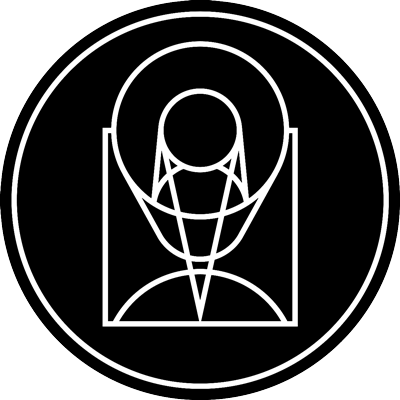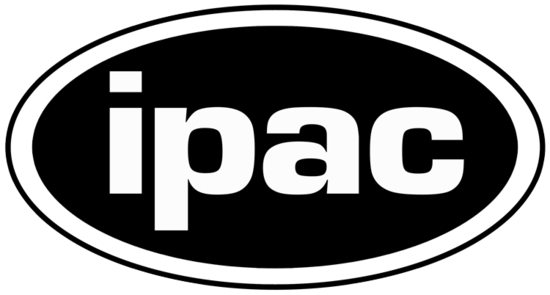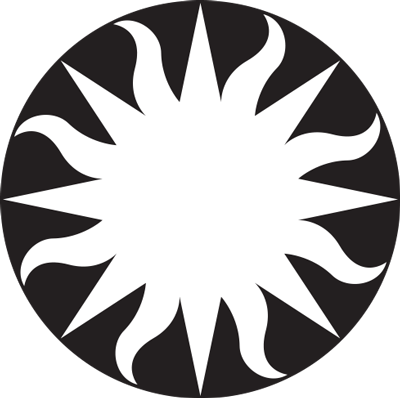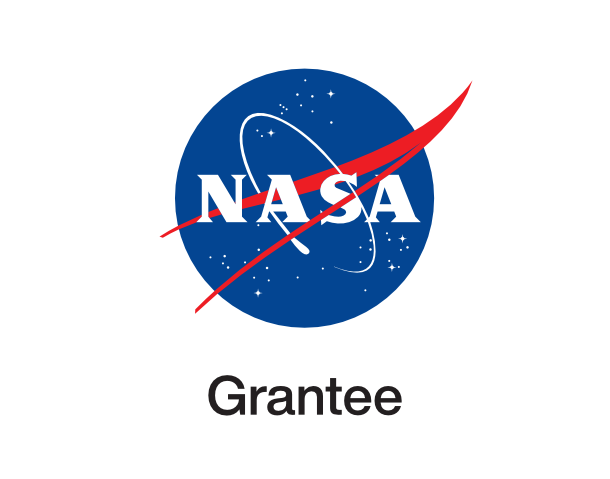HR 8799 (NIRCam Image)

stsci_2025-114a March 17th, 2025
Credit: NASA, ESA, CSA and STScI
NASA’s James Webb Space Telescope has provided the clearest look yet at the iconic multi-planet system HR 8799. The observations detected carbon dioxide in each of the planets, which provides strong evidence that the system’s four giant planets formed much like Jupiter and Saturn, by slowly building solid cores that attract gas from within a protoplanetary disk.
Colors are applied to filters from Webb’s NIRCam (Near-Infrared Camera), revealing their intrinsic differences. A star symbol marks the location of the host star HR 8799, whose light has been blocked by a coronagraph.
The colors in this image, which represent different wavelengths captured by Webb’s NIRCam, tell researchers about the temperatures and composition of the planets. HR 8799 b, which orbits around 6.3 billion miles from the star, is the coldest of the bunch, and the richest in carbon dioxide. HR 8799 e orbits 1.5 billion miles from its star, and likely formed closer to the host star, where there were stronger variations in the composition of material.
In this image, the color blue is assigned to 4.1 micron light, green to 4.3 micron light, and red to the 4.6 micron light.
Provider: Space Telescope Science Institute
Image Source: https://webbtelescope.org/contents/news-releases/2025/news-2025-114
Curator: STScI, Baltimore, MD, USA
Image Use Policy: https://www.stsci.edu/copyright

- ID
- 2025-114a
- Subject Category
- B.3.7.1 B.3.7.2.3
- Subject Name
- HR 8799
- Credits
- NASA, ESA, CSA and STScI
- Release Date
- 2025-03-17T10:00:00
- Lightyears
- 127
- Redshift
- 127
- Reference Url
- https://webbtelescope.org/contents/news-releases/2025/news-2025-114
- Type
- Observation
- Image Quality
- Good
- Distance Notes
- Distance in lightyears
- Facility
- Webb, Webb, Webb
- Instrument
- NIRCam, NIRCam, NIRCam
- Color Assignment
- Blue, Green, Red
- Band
- Infrared, Infrared, Infrared
- Bandpass
- Central Wavelength
- 4100, 4300, 4600
- Start Time
- Integration Time
- Dataset ID
- Notes
- Coordinate Frame
- ICRS
- Equinox
- 2000.0
- Reference Value
- 346.87101034888, 21.13416391983
- Reference Dimension
- 718.00, 718.00
- Reference Pixel
- 357.18147663302, 347.36185822235
- Scale
- -0.00000172226, 0.00000172226
- Rotation
- -1.88793383123
- Coordinate System Projection:
- TAN
- Quality
- Full
- FITS Header
- Notes
- World Coordinate System resolved using PinpointWCS 0.9.2 revision 218+ by the Chandra X-ray Center FITS X FITS Y EPO X EPO Y 104.95 85.39 400.00 217.00 104.63 94.74 395.00 304.00 74.01 91.55 89.00 279.00 110.07 105.48 447.76 418.70 Center Pixel Coordinates: 359.00 346.87100769605 359.00 21.13418568696
- Creator (Curator)
- STScI
- URL
- https://www.stsci.edu/
- Name
- Space Telescope Science Institute Office of Public Outreach
- outreach@stsci.edu
- Telephone
- 410-338-4444
- Address
- 3700 San Martin Drive
- City
- Baltimore
- State/Province
- MD
- Postal Code
- 21218
- Country
- USA
- Rights
- https://www.stsci.edu/copyright
- Publisher
- STScI
- Publisher ID
- stsci
- Resource ID
- STSCI-J-p25114a-f-718x718.tif
- Resource URL
- https://mast.stsci.edu/api/latest/Download/file?uri=mast:OPO/product/STSCI_PR_2025-114/STSCI-J-p25114a-f-718x718.tif
- Related Resources
- Metadata Date
- 2025-04-02T13:28:05-04:00
- Metadata Version
- 1.2
Detailed color mapping information coming soon...















